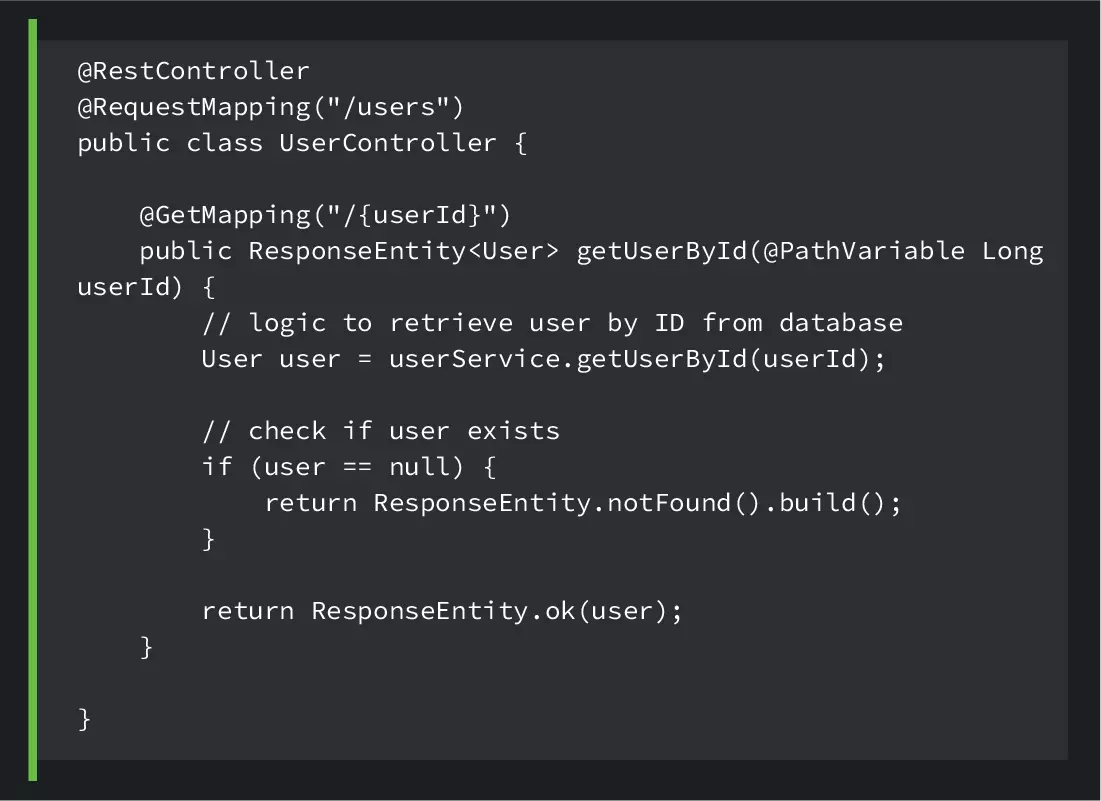Top 10 Spring Boot Annotations To Use In 2023: Enhance Your Java Projects
Spring Boot, a popular framework for building Java applications, continues to evolve with new features and enhancements. As we step into 2023, it’s crucial for developers to stay updated with the latest annotations that can streamline their projects, boost efficiency, and ensure maintainability. In this article, we’ll delve into the Top 10 Spring Boot Annotations To Use In 2023, highlighting their significance and practical applications.
Getting Started with Spring Boot Annotations
Spring Boot annotations play a pivotal role in simplifying the development process, allowing developers to configure their applications with minimal effort. Let’s explore the top annotations that are set to make a significant impact in 2023.
1. @RestController
The @RestController annotation combines the @Controller and @ResponseBody annotations, making it easier to create RESTful APIs. By using this annotation, developers can automatically convert Java objects into JSON responses, eliminating the need for boilerplate code. This annotation is a game-changer for building web services efficiently.
2. @GetMapping and @PostMapping
Building upon the concept of convention over configuration, the @GetMapping and @PostMapping annotations simplify request mapping for HTTP methods. These annotations eliminate the need for extensive XML configurations, enabling developers to focus on the core logic of their applications.
3. @Autowired
The @Autowired annotation facilitates automatic injection of dependencies, reducing the coupling between components. It’s a cornerstone of Spring’s dependency injection mechanism, enhancing the maintainability and testability of your codebase.
4. @SpringBootApplication
The @SpringBootApplication annotation combines three essential annotations: @Configuration, @EnableAutoConfiguration, and @ComponentScan. This single annotation kickstarts your Spring Boot application, enabling auto-configuration and component scanning, while also allowing customization if needed.
5. @ConditionalOnProperty
Configuration is a critical aspect of application development. The @ConditionalOnProperty annotation enables the conditional inclusion of beans and configuration based on specified property values. This annotation is invaluable for creating flexible applications that adapt to different environments.
6. @Cacheable
Caching can significantly improve application performance. The @Cacheable annotation allows methods to be cached, reducing the need for repetitive computations. By specifying cache names, developers have fine-grained control over caching strategies.
7. @ExceptionHandler
Exception handling is a vital aspect of creating robust applications. The @ExceptionHandler annotation enables centralized exception handling across controllers, enhancing code clarity and maintainability.
8. @Scheduled
Automating tasks is made easy with the @Scheduled annotation. Developers can define methods to be executed at specific intervals, making it perfect for cron jobs and periodic tasks.
9. @Profile
In modern application development, managing multiple profiles is common. The @Profile annotation enables the activation of specific beans based on the active profile, streamlining configuration management.
10. @EnableSwagger2
Documentation is key to maintaining APIs effectively. The @EnableSwagger2 annotation integrates the Swagger framework, automatically generating interactive API documentation. This annotation enhances collaboration between development and testing teams.
FAQs
Is Spring Boot suitable for beginners?
Absolutely! Spring Boot simplifies many aspects of Java development, making it accessible for beginners while offering advanced features for experienced developers.
How do annotations improve code readability?
Annotations provide metadata that can be easily understood by both developers and tools. This improves code readability and reduces the need for verbose configuration.
Can I use multiple profiles with the @Profile annotation?
Yes, you can define multiple profiles and activate them based on your application’s requirements. The @Profile annotation offers flexibility in managing different configurations.
Does Spring Boot support other data formats besides JSON?
Yes, Spring Boot supports various data formats, including XML and even custom formats. This flexibility makes it suitable for a wide range of projects.
Can I use Spring Boot for building microservices?
Absolutely! Spring Boot’s simplicity and integration with Spring Cloud make it an excellent choice for developing microservices.
How can I ensure security while using annotations?
While annotations themselves don’t directly handle security, Spring Boot provides mechanisms to secure your applications, such as Spring Security, which can be seamlessly integrated.
Conclusion
Embracing the Top 10 Spring Boot Annotations To Use In 2023 is a smart move for Java developers aiming to create efficient, maintainable, and feature-rich applications. These annotations empower developers to focus on core functionalities, while Spring Boot takes care of the underlying complexities. Stay ahead in the dynamic world of software development by leveraging these annotations and maximizing your project’s potential.
============================================
SourceBae: Hire React Developer





